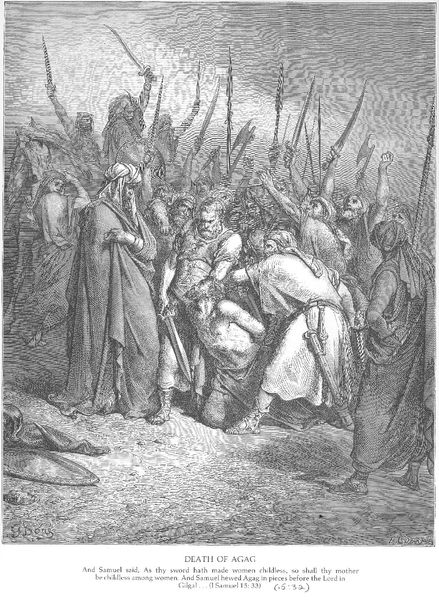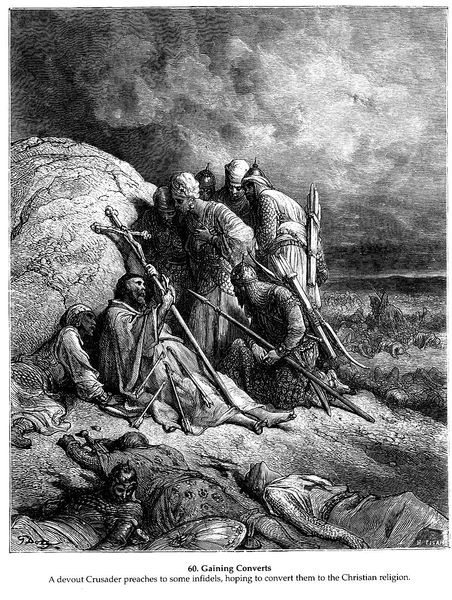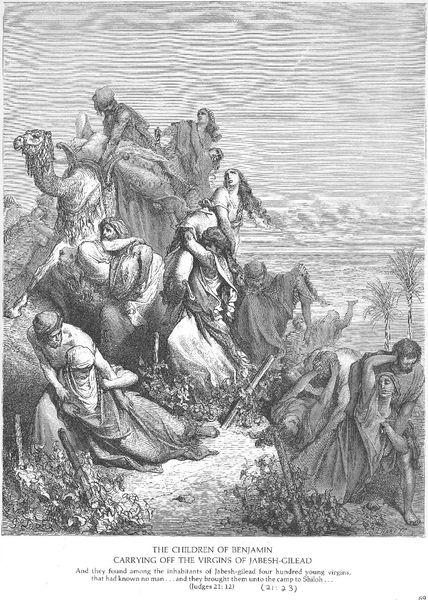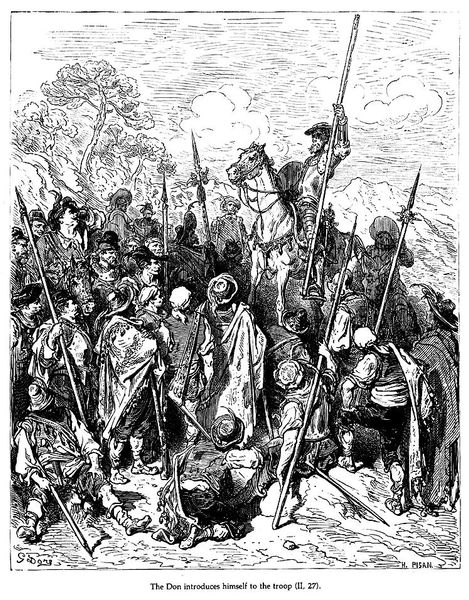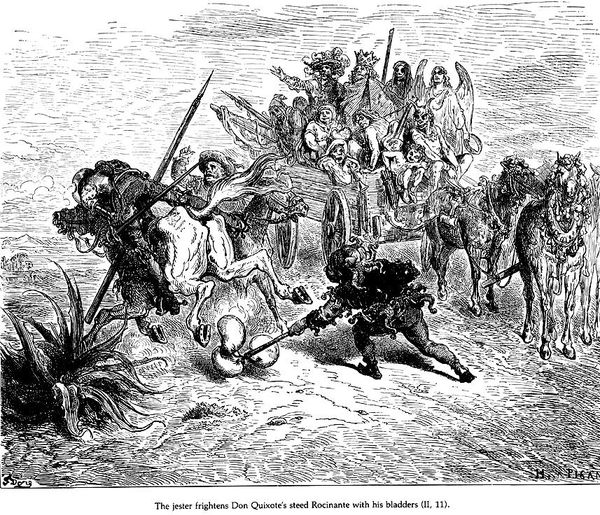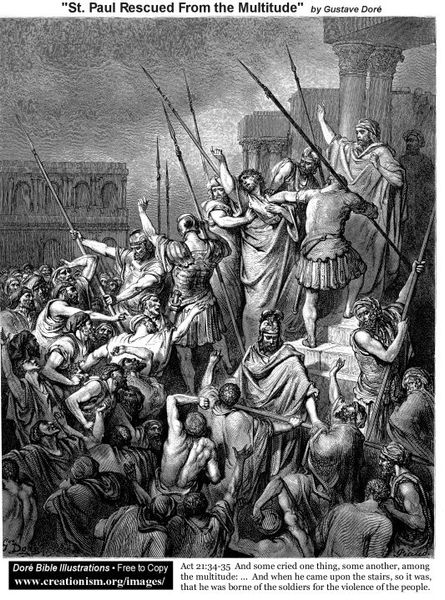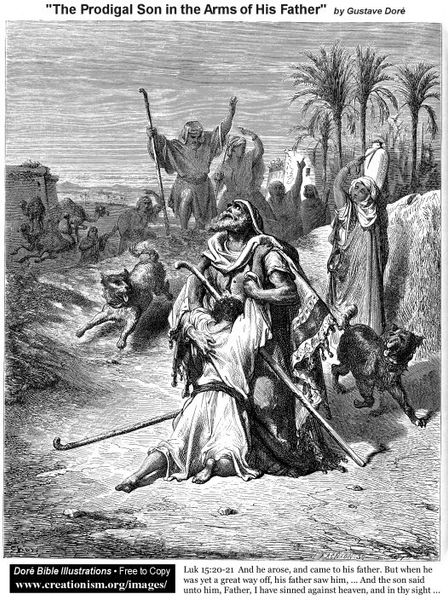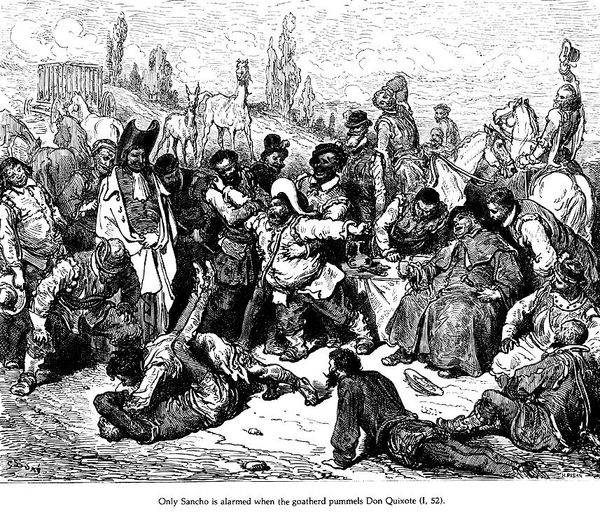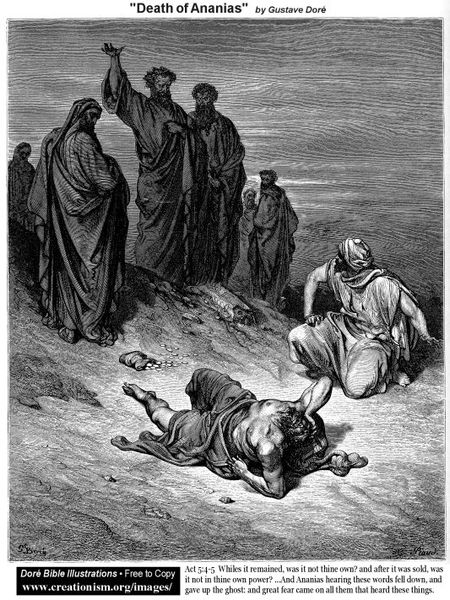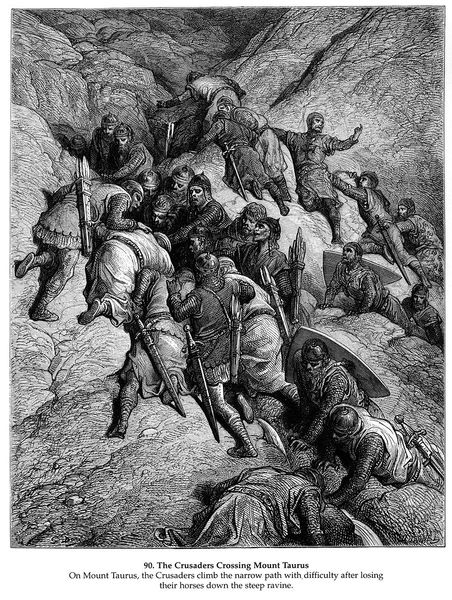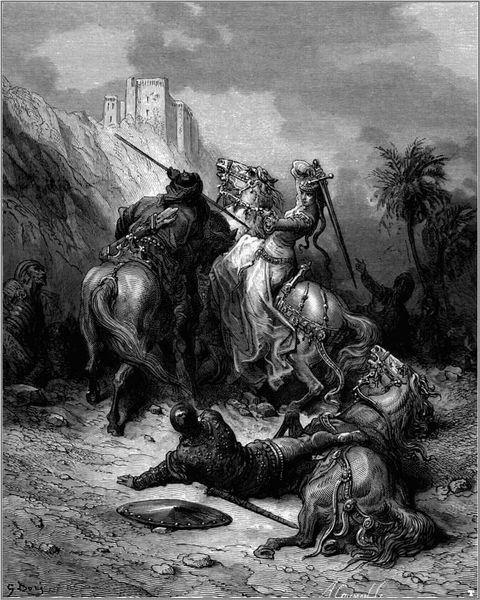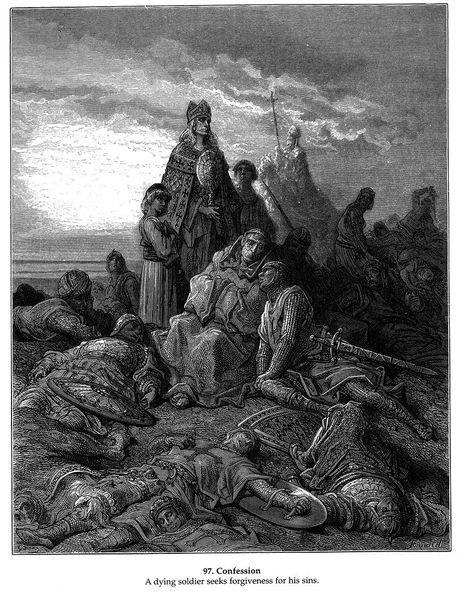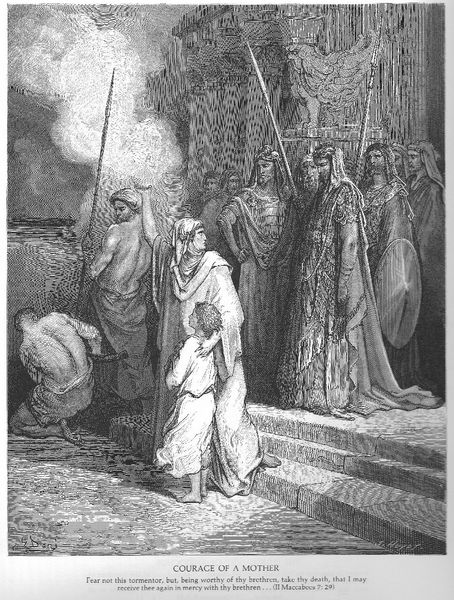
engraving
#
medieval
#
narrative-art
#
figuration
#
jesus-christ
#
romanticism
#
christianity
#
history-painting
#
engraving
#
christ
Copyright: Public domain
Curator: Gustave Doré’s engraving, “Jesus Falling Beneath the Cross,” presents a stark and dramatic interpretation of the Passion. Editor: It certainly does. The immediate impression is one of overwhelming burden—the way the cross dominates the composition and seemingly crushes the figures beneath. Curator: Indeed, the materiality of the cross, the roughness of the wood implied through Doré’s meticulous lines, speaks to the sheer physical labor and weight imposed. Note the figures in the background too, not just Jesus but the others, including Simon of Cyrene. Their garments, their poses – all indications of specific social roles being forced into assisting. Editor: From a purely formal perspective, consider the stark contrasts of light and shadow, almost exaggerated. This technique heightens the emotional impact, directing our eyes to key areas: Jesus's face, the straining muscles of Simon. The diagonal of the cross itself bisects the composition, creating a powerful visual tension. Curator: It's fascinating to think about Doré's access to models, and how those sources influence the physicality of his subjects. This was after all a popular subject to draw and sell images of and cater to widespread religious sentiment and belief. Editor: But beyond that social context, it's worth considering how Doré uses line to create texture and depth. The swirling lines in the sky create a sense of unease, while the precise, detailed lines used for the figures emphasize their suffering. And this rendering, for wide consumption is something important to keep in mind, influencing its creation. Curator: I agree. By turning our focus onto that labor of production and those many consuming this image – it reminds us about what power lay behind the distribution and influence of this work. Editor: Ultimately, Doré’s composition directs us toward the pathos—the intense human drama inherent in this scene. Through a brilliant visual language, he encourages us to consider our human condition and question suffering, both as process, production and outcome.
Comments
No comments
Be the first to comment and join the conversation on the ultimate creative platform.
